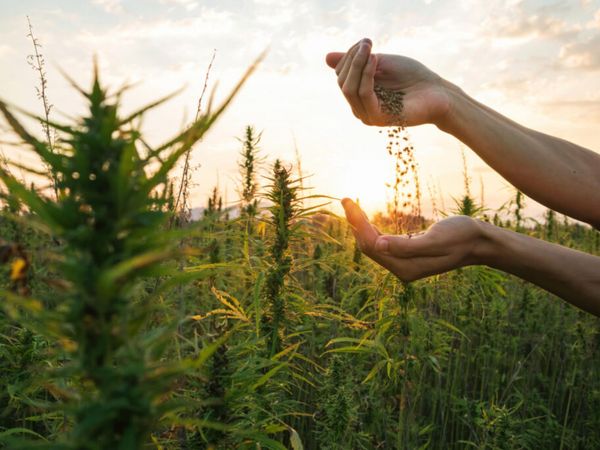
The First Canberra Garden Club is celebrating its 60th anniversary and members and a few guests met at the Margaret Whitlam Pavilion at the National Arboretum Canberra on July 5. We mingled with old friends and new and I thought of the 500 or so green fingers in the room.
Ginger Catering served tea and coffee, accompanied by little vegetable tarts and melting moment biscuits. After a welcome to country by executive branch manager of the arboretum, Scott Saddler, we sat to hear a little history. President Helen Stevens said just after the establishment of the NCDC in 1958, there was incredible growth in population and suburbs in Canberra. In 1960 the territory had a population of 50,000 which almost doubled by 1966.
Keen gardeners wanted to gain and share knowledge of plants that coped well with Canberra's climate and soils. Established in 1929, the Canberra Horticultural Society met at night so, affiliated with the Garden Clubs of Australia, the Canberra Garden Club commenced on July 31, 1962. A daytime meeting was advertised in The Canberra Times and there were 28 founding members.
By 1966 there were 100 members and a waiting list so the Second Canberra Garden Club was formed.
Helen said members visited each other's gardens, propagated plants, exchanged seeds, cuttings and advice, which was invaluable as there were few retail plant nurseries. Originally the clubs were to be women's organisations, but men are now welcome to join.
The president of Garden Clubs of Australia, Lorraine Wilson, a guest of honour at the gathering, said there are 780 clubs with 54,000 members and their motto is "friendship through gardening".
Paulene Cairnduff, president 2012-2018, then vice-president to now, said in 2011 the club committee was inspired to see if they could commemorate their 50th anniversary at a place in the National Arboretum. They were allocated a rocky knoll in the Himalayan Cedar forest, one of 17 rocky knolls on site. They hold regular working bees from 9.30am on the last Tuesday of the month and Paulene, a horticulturist, said it was a challenge working on the steep site, weeding in shallow soils but with heavy mulching they are seeing success with the plantings. There is always a "slap-up" morning tea with laughter and conversation. Visitors welcome.

Scott Saddler said they are placing a plaque to name the rocky knoll for the First Canberra Garden Club's 50th and 60th anniversaries in a permanent and visible way. A tree in the Mesa oak (Quercus engelmannii) forest will also be dedicated to the garden club.
Then a chocolate cake, made by Ginger Catering, was cut. I like to think of it as a mud cake in these rainy times. It was decorated with the Australian bluebell (symbol of the garden club) and strewn with red rose petals which were filled with gold leaf dust. Everyone was offered a piece of cake and I ate a rose petal (no flavour but think of the gold value!)
Helen Stevens has an excellent lemonade tree at home from which she makes lots of marmalade, seven batches last year, her method follows. She also has a Eureka lemon tree from which she makes excellent lemon butter and the best lemon ice cream using juice and zest, made many times to rave reviews, from a recipe in Stephanie Alexander's The Cook's Companion (for which you do not need an ice cream churn.)

Helen's marmalade
Pick and measure a kilo of "lemonade" lemons (after cutting off the stems, save them). Cut each lemon into quarters then thinly slice each quarter across, saving seeds and accumulating juice. Measure weight of lemons/lemonades to equal weight of sugar. Prepare about six to eight clean jars and sterilise them and a ladle. Put stem ends and seeds into a muslin square and tie up with string, leaving a long tie. Add water to just cover the prepared lemons, put in the muslin with seeds and leave for several hours or overnight.
Warm sugar in oven (to speed up setting process). Boil lemon slices in the water until they feel soft. Remove muslin, add warmed sugar and bring mix to the boil, stirring gently from time to time to stop any chance of catching and burning.
Meanwhile put jars on a tray in oven to keep warm. After about 12 minutes, test jam for a set on a cold plate (the drop of marmalade should wrinkle) this can take up to 20 minutes. Take off heat, allow bubbles to subside. Using ladle add jam to jars. Seal immediately and allow to cool. Store in a cool, dark place.







